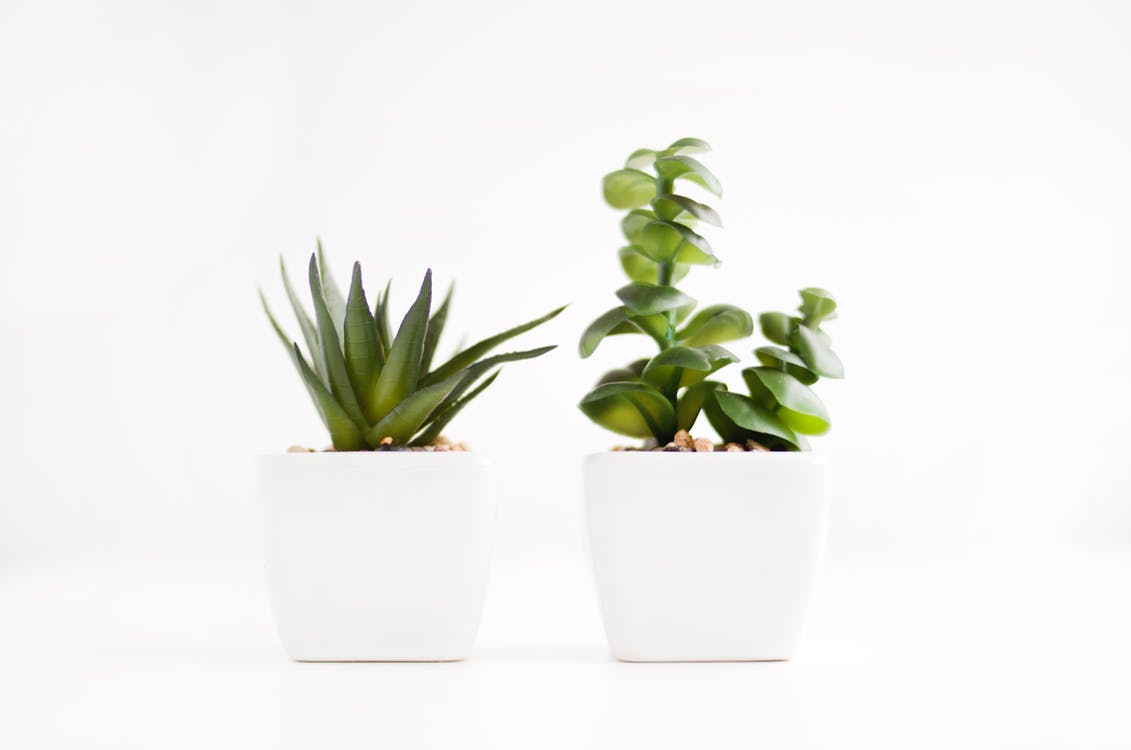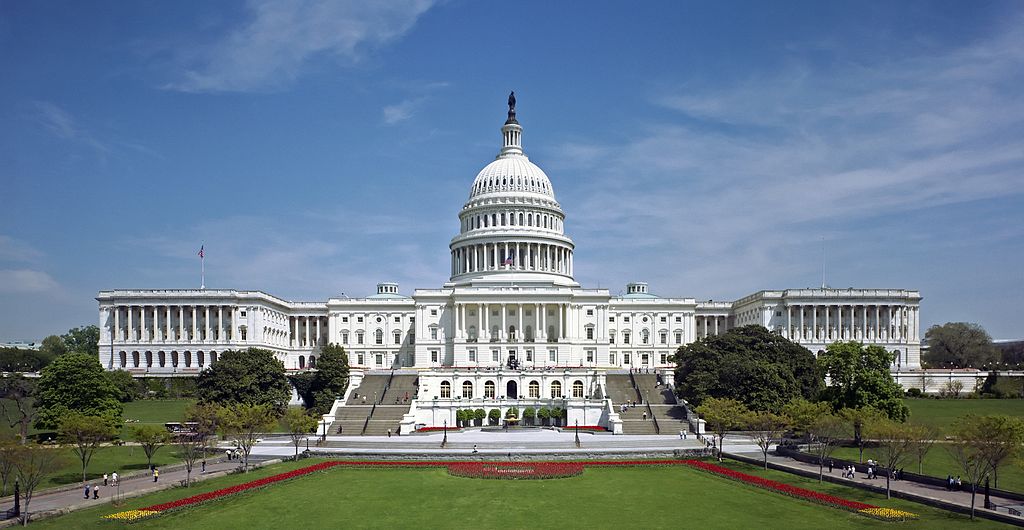We all want to simplify our life and declutter it. Maybe it’s time to take some tips from the history of minimalism.
Simplifying without removing essential things can be difficult. That’s the reason we often need a proven technique to make it work. However, not all methods have a universal appeal. Among some ways to reduce your overburdened to-do-list, commitments, and work are to go minimalist as per the history of minimalism.
Minimalism continues to attract the attention of designers, creative people, and architects a century after its inception. And, it’s also kept some of the biggest companies in the world glued to the concept of minimalism. We give you the lowdown on how it’s impacting our lives and why you need to sit up and take notice.
The History of Minimalism and Its Impact
The history of minimalism has its roots in the 20th and 21st centuries. Even as new artistic elements found a following, the need to break away from the decades' old abstract expression in art found a way. Besides, new materials like steel and concrete were becoming a favorite. These ushered in a need to be relevant to the times.
Even though minimalism has picked up pace in the last half-century, it’s been around since the early 1900s. In fact, it has been rapidly accepted first by visual arts and music. Its early origin is in the United States in New York. While the credit of the source goes to the painter, architects, and sculptors in that generation, some notable names include painter Donald Judd, as well as modern architects like Buckminster Fuller and Mies van der Rohe. These have been instrumental in getting people’s attention to the concept of minimalism in their work and also promote it to the community.
Concepts in Minimalism
Some noticeable minimalism concepts include simplicity, clean lines, light-filled space and the intersection of aesthetic without losing the essence of the object or work. Another exciting aspect of minimalism is that you don’t end up eliminating all-important aspects. Instead, the process is stripping of the non-essentials and focusing on the core concept or idea that brings the experience or view to the forefront.
Even as all this seems quite complicated in essence, it’s about being relevant and simplistic in the same frame without filling in too many details. While there is a debate on what minimalism means for different people, some would love to say it is restricted even as others argue that it’s focusing on only one aspect at a time. However, with time, this debate has narrowed down and evolved. We take a look at the next section.
How has minimalism evolved?
Minimalism and art intersected in 1965 with emphasis on simplifying technique. This simplification meant that there has to be a physical form of the art that has a central idea or concept without being abstract. Again, this is seen in poetry with a focus not only on the text, but also giving the reader a vivid description through visual appeal. In the same year, there was the urgency to give form to this concept. So, along with the solid object, there was a definition and explanation for it.
Simplicity also found its place in the minimal use of shapes and objects. Another recurring theme was the mention of urban life and how it has a place in people’s lives rather than referring to past myths. It was a turning point with the minimalism concept. Of course, it not only reduces the importance of the past in arts, music and other areas, but also emphasizes that people were getting ready to accept their lives reflected in art and music.
Minimalism in the Past Few Decades
Minimalism has only grown bigger over time. The scale widened, and the influence of minimalism was even more profound in the coming years. Exhibits at the museum were more relevant and got equal support from literature in publications.
Also, for more proof of the acceptance of minimalism, the minimalist paintings, sculpture and light evidence of the different forms of the use of geometric shapes and sizes which formed an essential part of the history of minimalism. It gave importance to the relation of the viewer and the object rather than imposing a pre-decided thought to the observer.
In the next few decades, the history of minimalism grew with every home knowingly or unknowingly accepting minimalism. It manifested in dance forms, interior decor, art, costumes, dance, food and even plates that bore the stamp of minimalism. Undoubtedly, the phenomenal minimalism movement has rapidly received momentum.
How has the history of minimalism influenced culture?
Culture is often known as the assimilation of beliefs, values, relations, objects, and possessions. It’s not without reason that culture dictates our choices and the way we react to situations. Similarly, the history of minimalism has shaped us into who we are today. The belief of a large family is the first concept which changed over time. Relations that were about staying together now grew individualistic. Matters of materialistic possession grew into clutter. While the mid-1950s saw more focus on possessing as many things as possible, it later skewed into a mass pile of clutter without any relevance or usage.
What is the Impact of Minimalism on Art and Music?
Another effect of the history of minimalism on people was through art and music. Music was based on different categories and also resonated with a select few. However, with minimalism as the focus everywhere, music wasn’t untouched. What stood apart was the focus on repetitive sounds or synthesized music that has a mass appeal. It has minimal variations and instead focused on changes of the same beat or patterns.
What is the Impact of Minimalism on People?
Minimalism is not isolated. But, it also made people aware of the simplicity of putting forth ideas without bias or influence from others. The thought of not accepting old beliefs and supporting views with facts and rationale grew in the last few decades. Also, this could be one of the many reasons that new forms of advertising and social media have gained momentum over the years. And, looking at our obsession with social media this doesn’t seem to be fading anytime soon.
Why is minimalism even more relevant today?

Gen X versus Millennials
Unlike earlier decades, the struggle to get a job and earn is relatively less. With plenty of work from home and part-time options, earning is not quite as difficult a struggle as earlier. It has led to purposeful spending and introspection. However, this hasn’t happened overnight. One reason is the lavish spending seen in the previous generation.
Before Millennials, Generation X was exposed to the concept of many avenues of shopping like online, pick-up-stores, and home delivery. While these were in the nascent stages, it picked pace rapidly. Therefore, the need to possess everything was a priority. However, this led to excess things at home without utility. In turn, this also resulted in clutter and a feeling of excess. Millennials were accustomed to such hoarding at home.
What is the Impact of Minimalism on Millennials?
Over time, as millennials have become independent, the concept of minimalism has become more than a catchphrase. Many believe this is the future and are simplifying by focusing on what’s essential and removing the dependency on possessions.
Instead, the history of minimalism shows that as the mass acceptance evolved, so did the need to express this minimalism in every form. Millennials now believe in spending on experiences rather than physical goods. While this might not go well for many retail outlets, it certainly makes the industries rethink their customer strategy.
It’s not surprising that industries have evolved to include minimalism. While the earlier focus was on releasing more products in a short span and increasing demand, the strategies are now about having products with specific features with high demand in the market.
A History of Industries Using Minimalism
Minimalism has evolved due to the efforts of three different movements over the years. These include De Stijl art movement from 1917 to 1930 which involved the use of lines, rectangles and primary colors. Additionally, Japanese design had simplicity and minimalist approach as seen in post-World War I architects like Van Der Rohe that used open spaces and clean lines to communicate their effort to minimalism. Some industries which saw a drastic trend include design, architecture, and art.
Minimalist Design
Contrary to the notion that minimalist design definition means getting rid of lavish things; minimalism draws inspiration from focusing on the absolute best. It provides quality in design without overbearing shapes, sizes, or excessive colors. However, that does not mean you have limits with one or two designs or colors. Instead, you receive the best combination of what leaves behind excellent user experience.
The strict motifs have been replaced with soft colors and subtle meanings that are defined by pastel shades and solid surfaces. In design, minimalism is about better use of space, spacious rooms and minimal furniture. Accessorising also is to the minimal.
Minimalist Architecture
It’s common to expect minimalist architecture to be minimalist. However, there is a lot of thought that goes behind it. Simple structures are often complicated to build considering the simplest shapes have to be robust, durable and yet practical. It does not stop there. The right use of colors, textures, light, and shadows are vital for the success of the most straightforward structure.
As also seen in the 1980s of minimalist architecture history, architects used a vivid imagination of cold lightning, large spaces, and white elements to show the vast expanse of space. If we look around, this trend continues be a favorite among architects.
Minimalist Art
The minimalism art movement that began in the 1960s was led by many prominent artists, among which are Carl Andre, Agnes Martin, and Frank Stella. If the question of what is minimalist art arises, it is seen in the geometric shapes that dictated the art. Furthermore, modular art with simple arrangements and clean design saw preference.
Examples of Brands Using Minimalism
With people accepting minimalism in its different form in their lives, it was not long before companies found potential in adapting their products to this new trend. In fact, with growing consumer interest in change, companies adapted the way their products interact with their consumers. Some notable examples are Google, Apple, and Dropbox.
Google has a simplistic design that focuses only on the search function. Even as the branding sticks to primary colors, it does not override the function. The clean layout and emphasis on improving search rather than cluttering the page also mean Google believes in the minimalist approach.
Apple
Apple is another company that does not shy away from minimalism. Whether it’s the design, layout or features, it relies on having the core focus on what makes the product stand out from others. Even as Apple products are competitively priced, its advertisements are simple, often convey a straightforward message, and are precise on features without beating around the bush.
Dropbox
Dropbox has grown through a simple design, perfect message on its home page, and delivering on its promise of being trusted, secure file storage and cloud operations. These have enabled customers to relate to its product and improve its usability and also reach.
Are you a minimalist?
While the history of minimalism lists many factors that have made minimalism a current trend, many unknowingly exhibit elements that make them a minimalist. If you are not sure, check out our list of factors that might most probably mean you are following minimalism in some form or the other.
- If you love large spaces and minimal furniture you might love minimalism.
- If clutter or a messy table makes you cringe, you might benefit from ridding of excess in your life.
- Removing unwanted commitments from your life could be a positive sign for minimalism.
- Emphasis on having few things to fill your house and closet. Those that are essential, exist.
- Love for clean and neat design rather than over the top grandeur or colors might mean you love minimalism.
- Setting clear guidelines at home and work means you are super-focused on only what’s needed. Of course, that also points to a productive day and work. But, it also says you realize what’s essential and can make a positive difference in your life. It indeed is about minimalism.
- Not clinging to possessions or materialist things is a positive sign of a minimalist. A minimalist will instead declutter and invest in experiences rather than on possessions.
- If you want to spend less on a large number of things and instead buy a few luxurious items, you could step into the minimalist group.
- Another sign you follow minimalism is the way you travel or keep your things. Traveling lightly is where you draw the line to stay only with essentials.
- If you are not an impulse buyer or a frequent online shopping addict, you know you are on the right side of minimalism.
The history of minimalism has evolved and continues to attract people for its simplicity and profound impact.
It’s not often we come across a concept that has kept many people glued to it. While it might not seem an extensive history, we hope it has managed to create interest, and you would be keen to explore minimalism in some form either at home or at work.
Do share your thoughts on minimalism in the comments and if you would like to know more about it. For those who are practicing minimalism, we suggest you share the history of minimalism with them and help them turn around their cluttered life!













